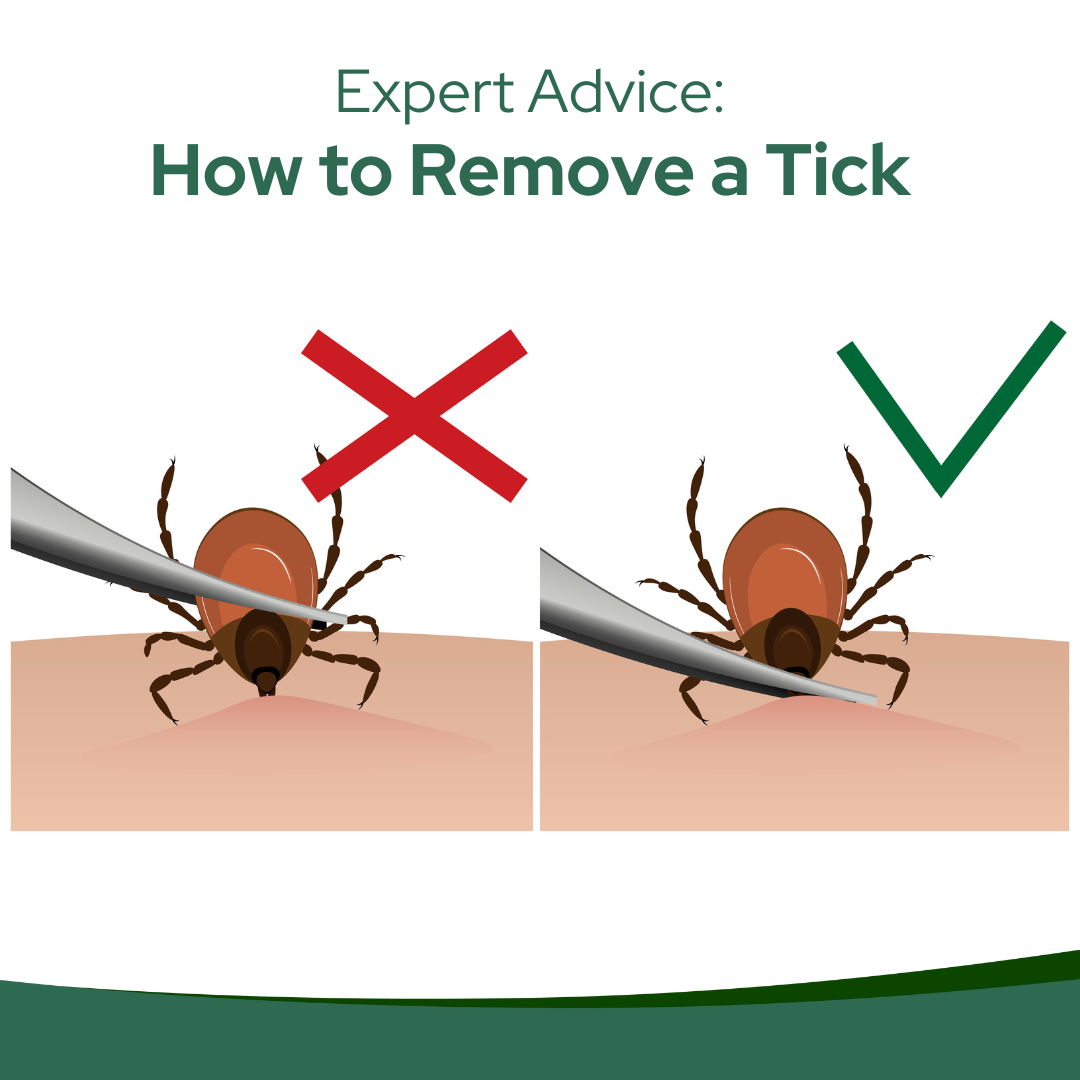May 19, 2025
Tick Bite Prevention and Treatment Tips from Virtual Immediate Care
Pictured above: Renee Broze on a tick-free hike
Revised May 2025
Tick bites are a significant health concern in New England. Mild winters and increased humidity have led to larger tick populations in recent years. Ticks are active whenever the temperature is above 40 degrees Fahrenheit and there is no snow cover.
These tiny bugs often carry germs that can cause Lyme disease, anaplasmosis, babesiosis, ehrlichiosis, Powassan virus, and in rare cases, Rocky Mountain spotted fever. According to the Department of Health and Human Services, “Lyme disease is the most common tick-borne illness, approximately 476,000 people may get Lyme disease each year in the United States.”
Since ticks are so small, you may not feel the bite. Ticks dig into your skin and stay attached for several days. That is why it is important to check your skin carefully after spending time outside, especially in grassy or wooded areas.
If you find and remove a tick within 24 to 36 hours, it is very unlikely you will get sick. If you do feel sick after a tick bite, it is important to see a healthcare provider right away.
Symptoms of a Tick-borne Illness
Tick-borne illnesses often start with flu-like symptoms. Some people also notice a bull's-eye rash. According to the Cleveland Clinic, you might also have:
- Joint pain or swelling
- Muscle pains
- Headaches
- Fever
- Chills
- Fatigue
If untreated, Lyme disease can cause more serious problems like facial paralysis, nerve damage, or heart issues.
How to Prevent Tick Bites
You can lower your risk of a tick bite with these simple steps:
- Know the risk in grassy, brushy, or forested areas
- Wear long pants and tuck them into your socks
- Use insect repellent with DEET, picaridin, or oil of lemon eucalyptus
- Treat outdoor clothing with permethrin spray
- Check yourself and your pets after being outdoors, especially in folds of the skin, hairline, groin, and belly button
What to Do for a Tick Bite
 If you find a tick on your skin:
If you find a tick on your skin:
-
Use fine-tipped tweezers to grab the tick close to your skin.
-
Pull straight up with steady pressure.
-
Wash the area with soap and water.
-
Apply antibiotic ointment.
-
Dispose of the tick by sealing it in a bag, taping it shut, or flushing it down the toilet.
Do not crush a tick with your fingers.
If you are not sure how long the tick was attached, or if it was more than 36 hours, you may need a preventive antibiotic. Contact a healthcare provider right away.
Virtual Immediate Care is Here for You
Virtual Immediate Care makes it easy to get help after a tick bite. Our providers can guide you through tick removal, prescribe preventive antibiotics, order tests for tick-borne illnesses, and start treatment if needed.
Call 603-577-CARE to schedule a virtual visit Monday through Friday, 9 a.m. to 7 p.m. Immediate Care walk-in clinics are also open if you prefer in-person care. Check wait times online.
Immediate Care is available for walk-in appointments with an experienced provider. Immediate Care is available for walk-in appointments with an experienced provider. You can also check Immediate Care walk-in wait times online.
You can also check Immediate Care walk-in wait times online.
Do not wait to treat a tick bite. Our Immediate Care team is ready to keep you safe.
